Find Help
More Items From Ergsy search
-
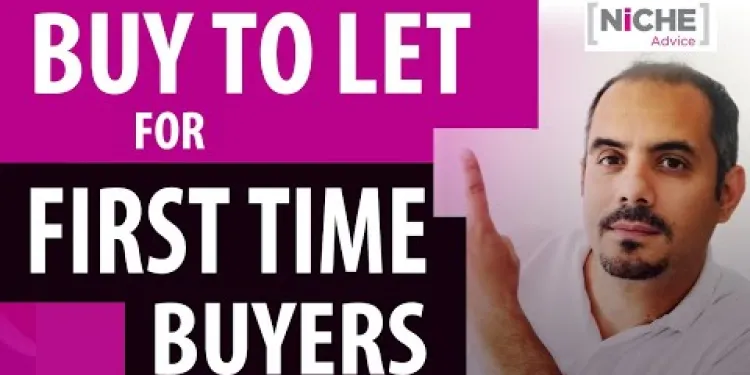
First Time Buyer Buy to Let Finance Options. Lending Criteria on Mortgage and Bridging Finance
Relevance: 100%
-
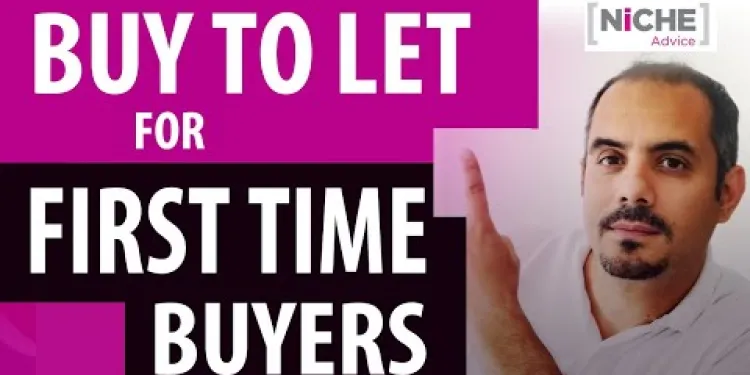
First Time Buyer Buy to Let Finance Options. Lending Criteria on Mortgage and Bridging Finance
Relevance: 88%
-
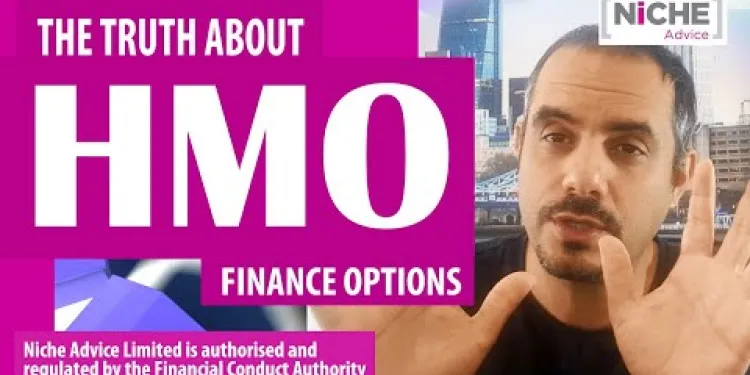
HMO Mortgage Truths - how to get the best Finance option including Bridging Loan Criteria
Relevance: 49%
-

Uk Buy to Let for Older Clients - Mortgage Options Tips and Criteria
Relevance: 46%
-

Bridging Finance Dangers - Tips on common problems, risks and lending rules in the UK
Relevance: 41%
-
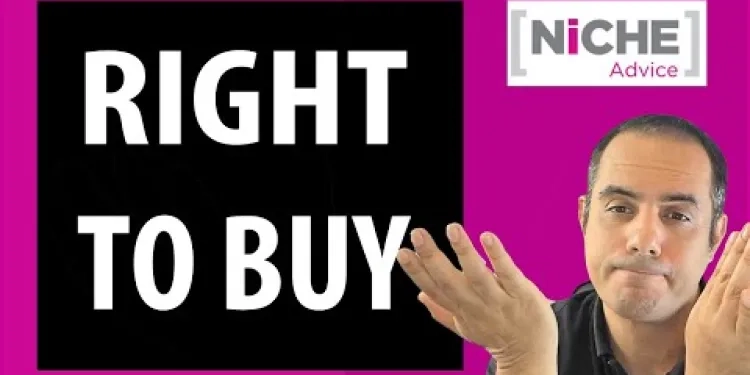
RIGHT TO BUY MORTGAGE - LET ME SAVE YOU TIME AND MONEY
Relevance: 40%
-
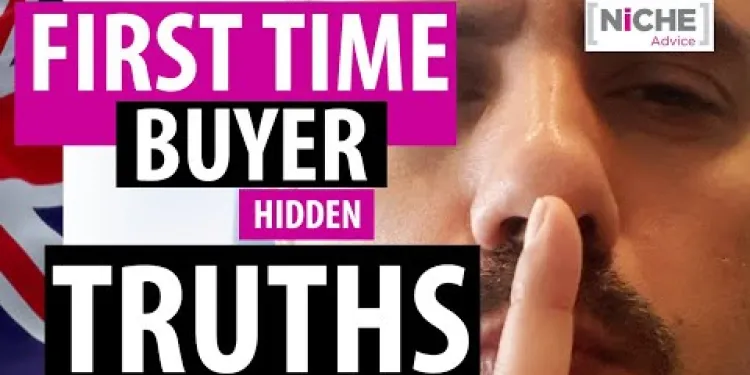
First Time Buyer UK - Own Outright vs Help to Buy vs Shared Ownership
Relevance: 38%
-

How to Buy property with your children under the age of 18 and get Buy to Let Mortgage.
Relevance: 36%
-
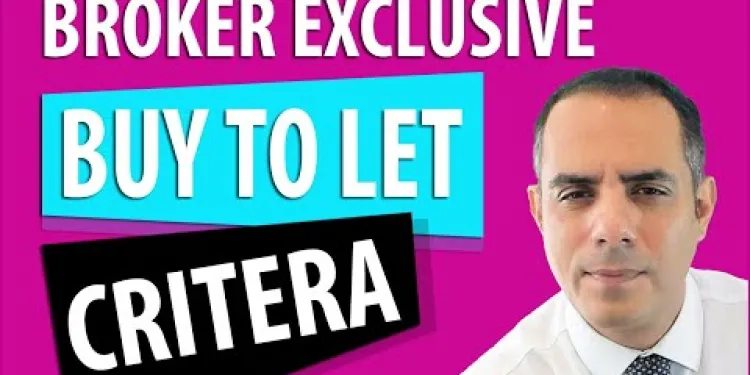
5 Broker Exclusive Buy to Let Mortgage Lenders you need to know about as a Landlord
Relevance: 35%
-
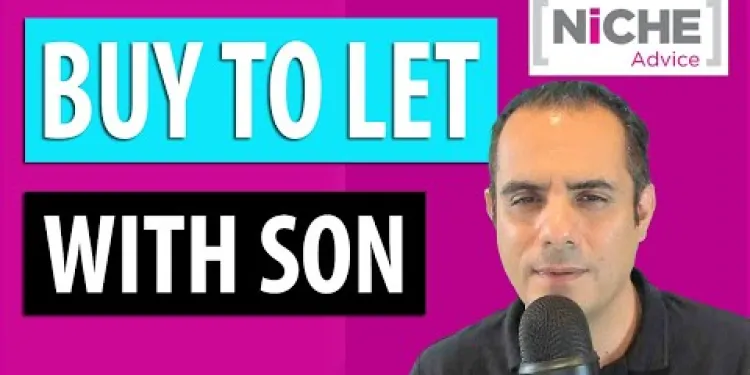
Can I get a Buy to Let Mortgage With My 18 Year Old Son
Relevance: 31%
-
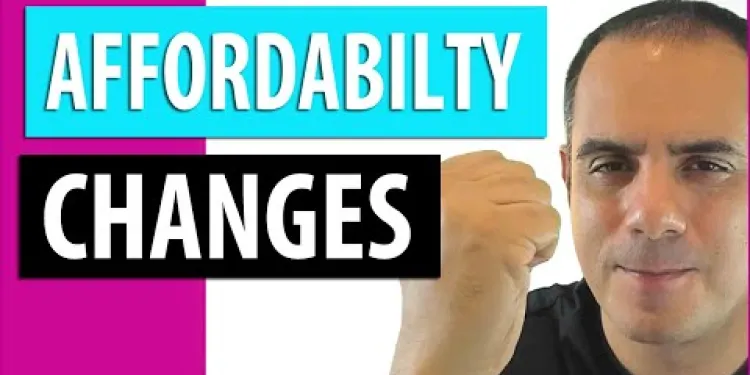
Mortgage Regulator removes the need for further affordability stress tests
Relevance: 27%
-
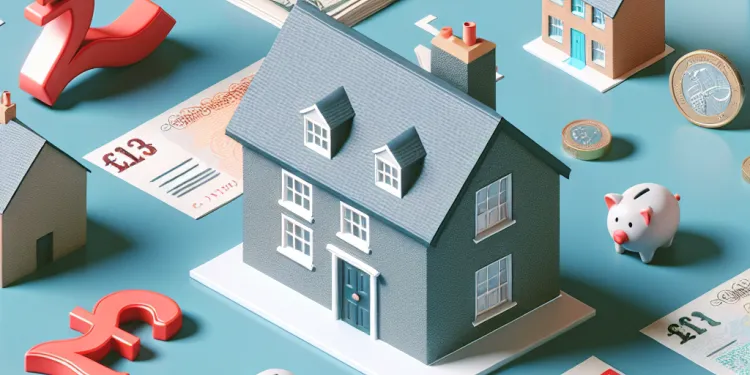
Can Stamp Duty be included in a mortgage in the UK?
Relevance: 26%
-
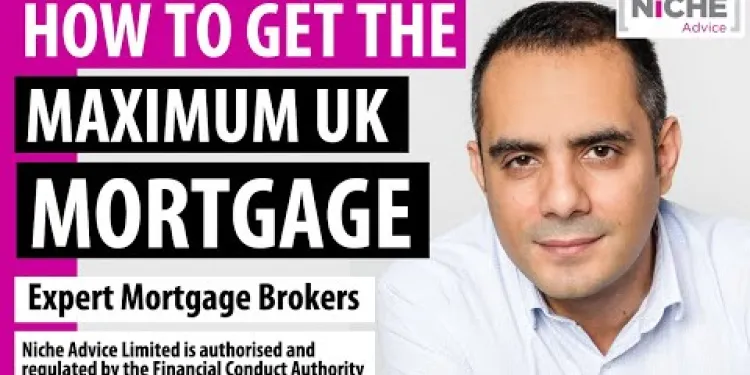
Getting the maximum mortgage in the UK
Relevance: 26%
-

House Prices Soar: First-Time Buyers Share Their Stories
Relevance: 26%
-
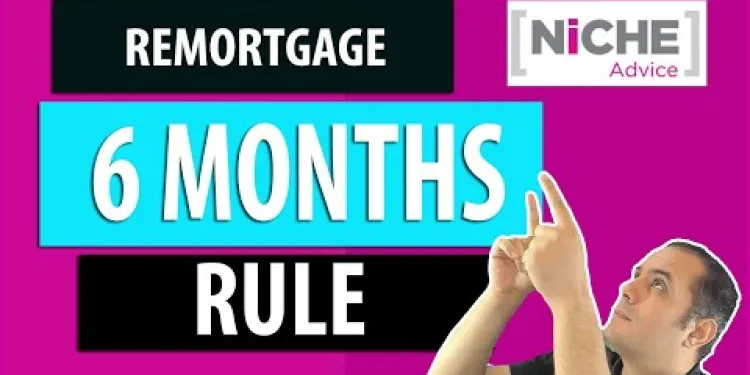
Remortgage within 6 Months on the open market value Residential or Buy to Let Properties
Relevance: 25%
-

Mortgage on Inherited Property - How we can help you with the finance
Relevance: 24%
-
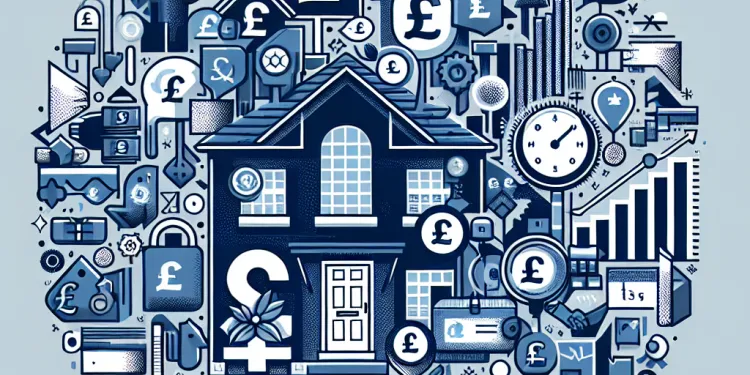
Are first-time buyers affected differently by interest rate changes?
Relevance: 24%
-
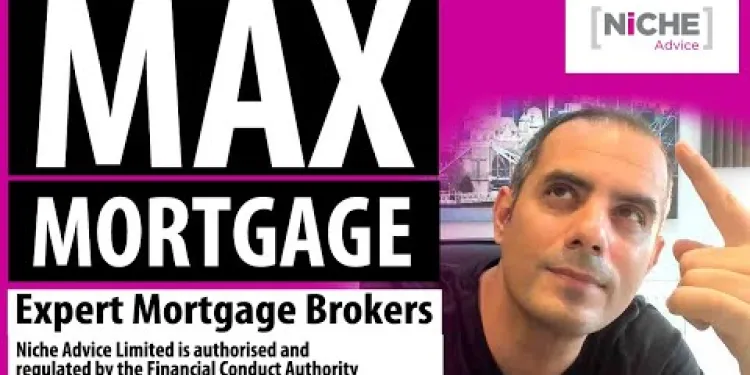
How much can I borrow for a mortgage UK - getting the Maximum Mortgage
Relevance: 23%
-
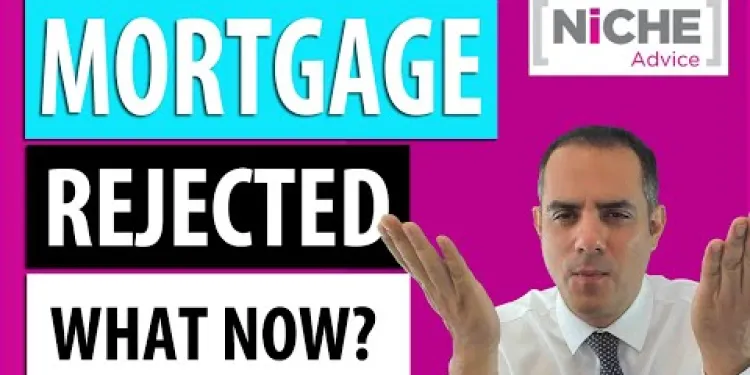
Turned down for a mortgage? Find out why and what to do
Relevance: 23%
-
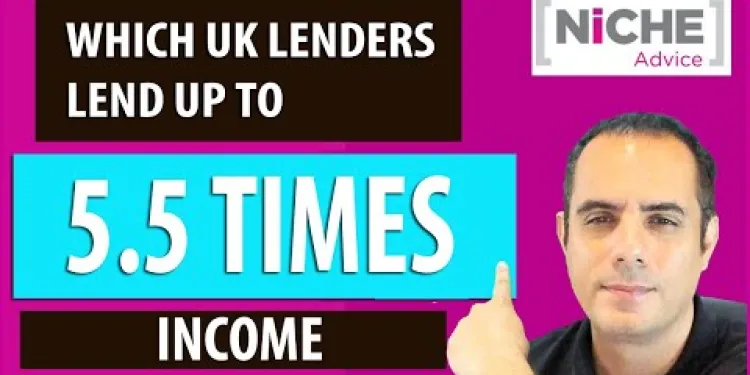
Highest Income Multiple Mortgage Lenders Revealed - Good and Bad Points
Relevance: 22%
-
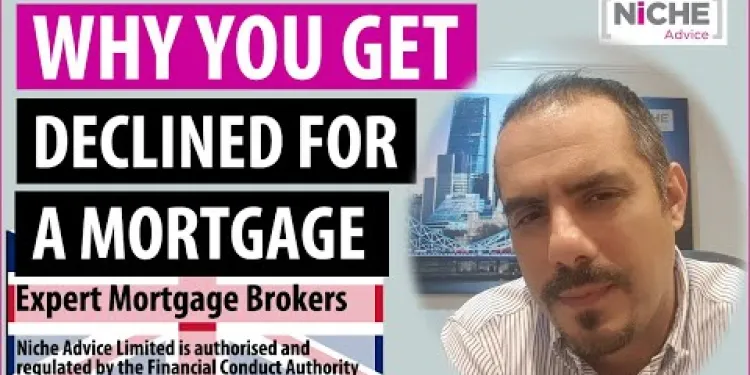
Mortgage Turned Down In The UK - Why mortgage applications are declined
Relevance: 22%
-

How does leasing compare financially to financing a car?
Relevance: 22%
-

Why is understanding the terms of car finance important?
Relevance: 21%
-

Is there a Stamp Duty exemption for first-time buyers in the UK?
Relevance: 21%
-
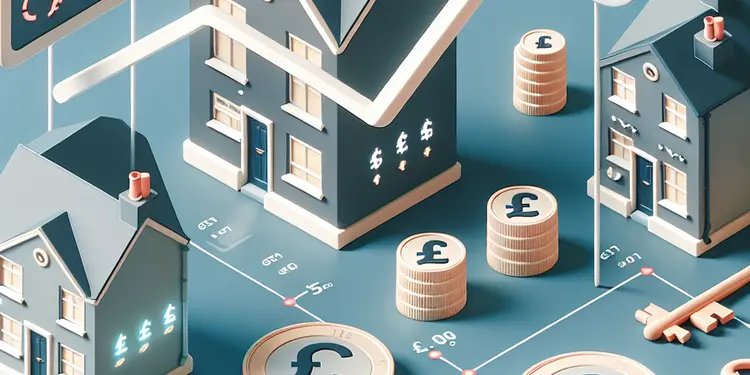
Rising Property Prices Fuel Concerns Over First-Time Buyer Accessibility
Relevance: 21%
-
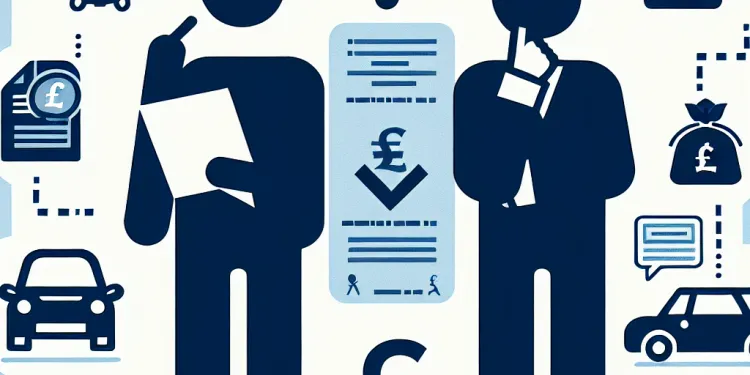
What are common signs of being mis-sold car finance?
Relevance: 20%
-

Can a finance broker be liable for mis-selling car finance?
Relevance: 20%
-
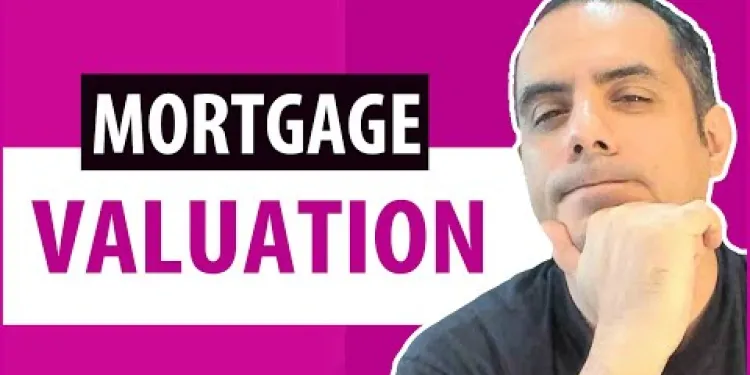
Can Mortgage lenders work from my own Survey Valuation Report?
Relevance: 20%
-

What is the time limit for making a complaint about mis-sold car finance?
Relevance: 20%
-

What does it mean to be mis-sold car finance?
Relevance: 19%
-

How to Buy a Car UK | Pros and Cons | PCP vs HP vs Leasing
Relevance: 19%
-

Can mis-sold car finance affect my credit score?
Relevance: 19%
-

Can I buy a Nissan electric vehicle in the UK?
Relevance: 19%
-

What should I look for in my car finance agreement?
Relevance: 19%
-

The Ultimate Buy-To-Let Mortgage Breakdown
Relevance: 19%
-

Are all car finance products potentially subject to mis-selling?
Relevance: 19%
-
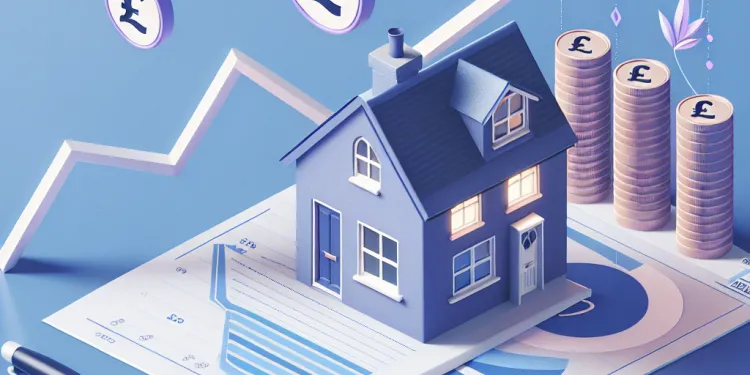
What should I do if I can't afford my mortgage payments due to rising interest rates?
Relevance: 18%
-
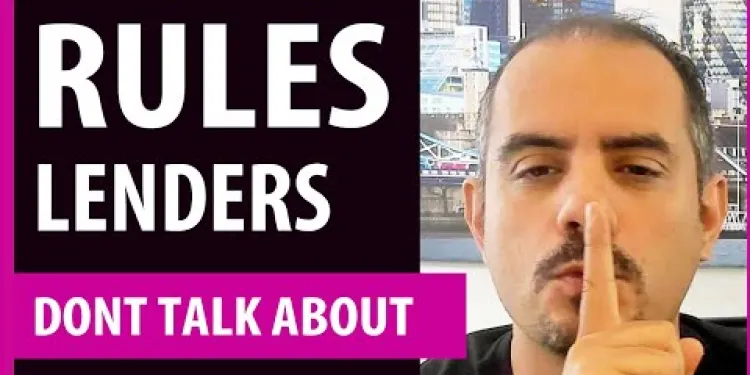
UK Mortgage Rules Lenders Don't Talk About - Debt To Income Ratio
Relevance: 18%
-

Are there financial aids available for further education?
Relevance: 18%
-
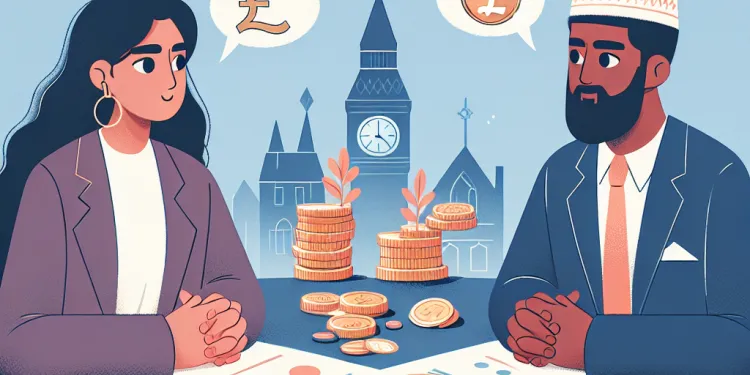
Navigating Post-Divorce Finances Amidst Economic Challenges
Relevance: 18%
First Time Buyer Buy to Let Finance Options
Navigating the world of buy-to-let mortgages as a first-time buyer in the UK can be a complex effort due to the unique challenges and opportunities that come with investing in the property market. It's crucial to understand the financing options and lending criteria to make informed decisions.
Mortgage Options
For first-time buyers seeking buy-to-let mortgages, the lending landscape can be different from standard residential mortgages. Most lenders prefer borrowers to have a homeowner status; however, there are specific products designed for first-time buyers aiming to invest in buy-to-let properties. These mortgages usually require a higher deposit, typically around 25% of the property's value. Interest rates are generally higher due to the perceived risk associated with first-time landlords. Moreover, lenders often require proof of additional income aside from potential rental income to ensure mortgage affordability.
Bridging Finance
Bridging finance can be an alternative route for first-time buyers looking to enter the buy-to-let market. These short-term loans can support buyers in securing a property quickly, especially in competitive scenarios, or when refurbishments are needed before renting. Bridging loans are often interest-only and carry higher interest rates amidst flexible lending criteria compared to traditional mortgages. It's imperative to have a clear repayment strategy or an exit plan, such as remortgaging or selling the property, due to the short-term nature of this financial product.
Lending Criteria
The lending criteria for buy-to-let mortgages and bridging finance can be stringent. Lenders will typically assess the borrower’s financial situation, including credit history, income stability, and overall financial commitments. For buy-to-let mortgages, lenders may conduct a stress test to see if the rental income substantially covers the mortgage repayments, usually at 125-145% of the mortgage interest amount to account for void periods and expenses. Understanding these criteria and preparing necessary documentation can enhance approval prospects for first-time buy-to-let investors in the UK.
First Time Buyer Buy to Let Finance Options
If you want to buy a house to rent out and it's your first time, it can be tricky. You need to learn about getting a loan for this kind of house. There are special rules and choices you have to think about.
Mortgage Options
Loans for first-time buyers who want to rent out their house are different. Most banks like it when people already own a house. But there are some special loans just for first-time buyers who want to rent out. You usually need to pay a big deposit. This is about a quarter of the house's price. The loan costs more because it's a bit risky for banks. Banks also need to see that you have more money coming in, besides what you will get from renting out.
Bridging Finance
Bridging finance is another choice for first-time buyers. It's a short-term loan. It helps you buy a house quickly, maybe if you need to fix it up before renting out. This type of loan usually has higher costs and you only pay the interest at first. You must plan how to pay it back soon, by either getting a new loan or selling the house.
Lending Criteria
Banks have strict rules for giving loans for houses to rent out. They look at how much money you have, your job stability, and your credit history. They check if the rent money will cover the loan payments, usually more than 125%-145% of what you need to pay. This is to make sure you can cover costs when the house is empty or there are other expenses. Being ready with all the right paperwork helps you get approved for the loan.
Frequently Asked Questions
What is a buy-to-let mortgage?
A buy-to-let mortgage is a type of mortgage specifically designed for properties that are intended to be rented out to tenants, rather than for the owner to live in themselves. These mortgages are commonly used by investors seeking rental income.
Can a first-time buyer get a buy-to-let mortgage?
Yes, first-time buyers can get a buy-to-let mortgage, but the criteria are often stricter. Lenders may require a larger deposit and may scrutinize the applicant’s financial situation more closely.
What is the typical deposit required for a buy-to-let mortgage?
Typically, a deposit for a buy-to-let mortgage is around 25% of the property's value, but it can range between 20% and 40% depending on the lender and the borrower’s individual circumstances.
How does bridging finance work?
Bridging finance is a short-term loan used to 'bridge' the gap between purchasing a property and securing a longer-term financial solution. It’s often used by buyers who need to complete on a purchase quickly, or by landlords seeking to renovate a property before renting it out.
What are the eligibility criteria for a buy-to-let mortgage?
To be eligible for a buy-to-let mortgage, lenders typically require you to be at least 21 years old, have a good credit record, earn a minimum income (e.g., £25,000 or more), and provide a substantial deposit. They will also assess the potential rental income against mortgage repayments.
What criteria do lenders look at for bridging finance?
Lenders offering bridging finance will look at the value of the property being purchased, the amount of equity or deposit you have, your exit strategy (how you plan to repay the loan), and sometimes your credit history.
Are interest rates higher for buy-to-let mortgages compared to standard residential mortgages?
Yes, interest rates on buy-to-let mortgages are generally higher than on standard residential mortgages due to the increased risk to the lender.
Can I live in a property that I have a buy-to-let mortgage on?
No, buy-to-let mortgages are specifically for rental properties. Living in the property yourself would breach the terms and conditions of the mortgage agreement.
What is a stress test in the context of buy-to-let mortgages?
A stress test is a calculation used by lenders to ensure that the rental income will cover the mortgage payments, even when interest rates rise. Typically, lenders look for rental income to cover 125% to 145% of the mortgage interest payments.
How is the rental income potential assessed by lenders?
Lenders will usually require a rental assessment or a property valuation report to gauge the expected rental income. They often use this figure to ensure it meets their stress test requirements.
Is it possible to remortgage a property to release equity for a buy-to-let purchase?
Yes, many investors remortgage an existing property to release equity, which can then be used as a deposit for a buy-to-let purchase.
What are the tax implications of owning a buy-to-let property?
Buy-to-let property owners need to pay income tax on rental profits, stamp duty if purchasing an additional property, and potentially capital gains tax when selling the property.
How does a fixed-rate buy-to-let mortgage differ from a variable-rate one?
A fixed-rate mortgage has a set interest rate for an agreed period, offering payment stability. A variable-rate mortgage’s interest can change based on market rates, which means payments could increase or decrease.
What is the difference between a repayment and an interest-only buy-to-let mortgage?
With a repayment mortgage, monthly payments cover both interest and principal, reducing the loan over time. An interest-only mortgage requires only interest payments, with the principal due at the end of the term.
Can I switch from a residential mortgage to a buy-to-let mortgage without selling the property?
Yes, this is possible if your lender allows it, but you will need their consent and may have to refinance under a buy-to-let mortgage. Your property may also need to meet certain requirements to qualify.
What is a Buy-to-Let Mortgage?
A buy-to-let mortgage is a loan. You use it to buy a house or flat that you will rent to someone else.
It is different from a normal home loan because it is for renting out.
If you need help understanding this, you can use tools like picture cards or ask someone to explain it with simple words and drawings.
A buy-to-let mortgage is a special kind of loan from a bank. This loan is for buying a house or apartment that you want to rent to other people. You don't live in this house yourself. People who want to make money by renting out houses use this type of loan.
Tip: If you find this hard to read, you can ask someone to read it with you or use a reading app for help.
Can someone buying their first home get a mortgage to rent out the home?
If you are buying a home for the first time and want to rent it out, you will need a special loan called a buy-to-let mortgage. This is different from a regular home loan.
Here are some things to remember if you want a buy-to-let mortgage:
- You might need a bigger deposit, which is the money you pay upfront.
- You need to show that you can pay back the loan, even if the house is not rented for some time.
- Banks will look at how much money you earn from work or other places.
If you are not sure, you can ask an adult to help you talk to a bank or a mortgage advisor. They can give you advice and support.
Yes, people buying their first home can get a special kind of loan to rent out a house. But the rules are harder. Banks might ask for more money up front and will look closely at your money situation.
Here are some tips to help you:
- Make sure you have saved enough money for a bigger deposit.
- Check your money records, like your bank statements, to show the bank you can pay the loan.
How much money do I need to start a buy-to-let mortgage?
When you want to buy a home to rent out, you usually need to pay some money at the beginning. This is called a deposit. For a buy-to-let mortgage, you might need to pay about 25% of the house price as a deposit. This means if the house costs £100,000, you need to pay £25,000 first.
To help, you can use a calculator to see how much money you need. You can also ask a bank worker to explain it to you.
When you want to get a mortgage to rent out a house, you usually pay a deposit. This is money you pay upfront. It's about a quarter (25%) of how much the house costs. Sometimes, you need to pay a bit less (20%) or a bit more (40%). It depends on who is lending you the money and your own situation.
Here's some help:
- Ask a grown-up to explain new words.
- Use a calculator to work out what 25% of the house price is.
- Talk to a bank or building society to understand what you need.
How does bridging finance work?
Bridging finance is a short-term loan. It's like borrowing money for a short time. People use it to buy something big, like a house, while they wait to get more money. This extra money can come from selling another house or getting a bank loan.
Here’s how it works:
- First, you ask the bank for a bridging loan.
- You use the loan to buy what you need.
- Later, you pay back the loan when you sell your house or get a bank loan.
If you find reading hard, you can:
- Ask someone to read with you.
- Use a ruler or a finger to follow the words.
- Listen to an audio version if it's available.
Bridging finance is a short-term loan. It helps people buy a house quickly when they don't have all the money yet. It is a temporary loan until they can get a longer loan. People use it to buy houses faster or to fix up a house before renting it out.
Who can get a buy-to-let mortgage?
If you want to get a buy-to-let mortgage, you need to meet some rules:
- You need to be at least 18 years old.
- You usually need to earn some money. This is called "income".
- You should already own your own home, or have a mortgage.
- Your credit record needs to be good. This shows you pay your bills.
- The house you want to rent out should make enough money to cover the mortgage payments.
Here are some tools that can help you decide if you can get a buy-to-let mortgage:
- Ask a family member or friend to help you understand.
- Use an online calculator to see if you can afford it.
- Talk to a mortgage advisor for advice.
To get a buy-to-let mortgage, you need to:
- Be 21 years old or older.
- Have a good credit score.
- Earn at least £25,000 a year.
- Pay a big deposit upfront.
The bank will check if the rent you get can cover the mortgage payments.
Using tools like a calculator can help you figure out if you can afford it. You can also ask a trusted adult for help or advice.
What do lenders check for when giving a bridging loan?
When you want a short-term loan to buy a home, lenders will check a few things. They will see how much the home is worth, how much money you are putting down, how you plan to pay back the loan, and sometimes they will look at your credit score.
Here are some tips to help you understand:
- If you find it hard to read, ask someone to read it with you.
- You can use a ruler or your finger to help keep your place on the page.
- Reading in short sections can make it easier to understand.
Are interest rates more expensive for buy-to-let mortgages than regular home mortgages?
When you borrow money to buy a home and rent it to someone, it's called a buy-to-let mortgage.
When you borrow money to buy a home to live in, that's a regular home mortgage.
Interest rates are the extra money you pay when you borrow money from the bank.
For buy-to-let mortgages, interest rates can be higher.
You can use a calculator to help understand interest rates.
If you find it hard to read about money, you can ask someone to help you.
Yes, the interest rates for buy-to-let mortgages are usually higher. This is because they are a bigger risk for the lender than regular home loans.
Can I live in a home I got a buy-to-let mortgage for?
No, you can't use a buy-to-let mortgage if you want to live in the house. Buy-to-let mortgages are only for homes that you rent out to other people. If you live there yourself, you break the rules of the mortgage.
What is a stress test for buy-to-let mortgages?
A stress test helps see if you can pay back a buy-to-let loan.
It checks if you can still pay if things get hard, like if interest rates go up.
Tools like a calculator can help you understand your money better.
A stress test is a check used by banks. It helps them see if the money you get from rent will pay the mortgage, even if interest rates go up. Usually, banks want the rent to be at least 125% to 145% of the mortgage payments.
Here are some tips to help: 1. **Calculator**: Use a calculator to help with numbers. 2. **Ask for Help**: It's okay to ask someone to explain. 3. **Take Breaks**: If it's too much, take a short break.How do banks check rental income?
Lenders are people or companies that lend money. They will often need a report that tells them how much money a property can make from rent. They use this information to make sure the renting money is enough according to their checks.
Can you change your mortgage to get money for buying a rental home?
You might want to change your mortgage to get some money out of your home. This is called "releasing equity." You can use this money to buy another home to rent out. Here’s how you can understand this better:
1. **Mortgage**: This is a loan to buy your home. You pay back a little each month.
2. **Equity**: This is the part of your home that you own. It's your home's value minus what you owe on your mortgage.
3. **Remortgage**: This means getting a new mortgage to pay off the old one. Sometimes, you can borrow more money this way.
4. **Buy-to-let Purchase**: Buying a home that you plan to rent to someone else.
**Try These Tips**:
- Talk to a bank or mortgage advisor. They can explain how this works and if it's right for you.
- Use online calculators. They show how much money you might get.
Yes, many people borrow money against their home to get cash. They use this money to help buy another property to rent out.
What taxes do you pay when you rent out a house?
If you own a house and rent it to someone, you need to think about taxes.
Here is what you should know:
- Rental Income: You must pay tax on the money you earn from rent.
- Expenses: You can take off some costs, like repairs, from your rental money.
- Capital Gains Tax: If you sell the house and make money, you may pay a special tax.
- Keeping Records: It's important to keep notes of all the money you earn and spend for tax time.
If you find it hard to manage, you can:
- Ask for help from a tax expert.
- Use a simple tool to keep track of your money.
- Look at easy guides online that explain how taxes work when you rent out a house.
If you own a home and rent it out, there are some taxes you need to pay:
- Income Tax: You pay this on the money you earn from rent.
- Stamp Duty: You pay this when you buy another home to rent out.
- Capital Gains Tax: You might pay this if you sell the home for more than you bought it.
If you need help, you can use apps or ask someone you trust to explain these taxes to you.
What is the difference between a fixed-rate and a variable-rate buy-to-let mortgage?
A fixed-rate mortgage has the same interest rate all the time. This means your payments stay the same.
A variable-rate mortgage has an interest rate that can change. This means your payments could go up or down.
If it is hard to remember, you can use pictures to help. Draw a straight line for fixed-rate and a wavy line for variable-rate.
A fixed-rate mortgage means you pay the same interest every month for a set time. This makes it easy to know how much you will pay each month.
A variable-rate mortgage means the interest can go up or down. This means your payment can change. Sometimes you might pay more, and sometimes you might pay less.
If you find reading hard, try using tools like text-to-speech. They can read the words out loud for you!
How are repayment and interest-only buy-to-let mortgages different?
A repayment mortgage means you pay back some of the money you borrowed and the interest each month. When it's finished, you’ve paid off everything you owe.
An interest-only mortgage means you only pay the interest each month. At the end, you still owe the full amount you borrowed.
To help understand better, you might use pictures or get someone to explain it in person. Audiobooks or videos can also help.
A repayment mortgage means you pay a bit of the loan and the interest every month. This helps you pay back the whole loan over time.
An interest-only mortgage means you pay only the interest each month. You pay back the full loan amount at the end.
Try using clear notes or drawings to understand better. Reading with someone else can also help.
Can I change my home loan to a rental property loan without selling my house?
Yes, you can do this if your lender says it's okay. You might need to change your loan to a buy-to-let loan. Your home might also have to meet some rules.
Useful Links
- Ergsy carfully checks the information in the videos we provide here.
- Videos shown by Youtube after a video has completed, have NOT been reviewed by ERGSY.
- To view, click the arrow in centre of video.
- Most of the videos you find here will have subtitles and/or closed captions available.
- You may need to turn these on, and choose your preferred language.
- Go to the video you'd like to watch.
- If closed captions (CC) are available, settings will be visible on the bottom right of the video player.
- To turn on Captions, click settings .
- To turn off Captions, click settings again.
More Items From Ergsy search
-

First Time Buyer Buy to Let Finance Options. Lending Criteria on Mortgage and Bridging Finance
Relevance: 100%
-

First Time Buyer Buy to Let Finance Options. Lending Criteria on Mortgage and Bridging Finance
Relevance: 88%
-

HMO Mortgage Truths - how to get the best Finance option including Bridging Loan Criteria
Relevance: 49%
-

Uk Buy to Let for Older Clients - Mortgage Options Tips and Criteria
Relevance: 46%
-

Bridging Finance Dangers - Tips on common problems, risks and lending rules in the UK
Relevance: 41%
-

RIGHT TO BUY MORTGAGE - LET ME SAVE YOU TIME AND MONEY
Relevance: 40%
-

First Time Buyer UK - Own Outright vs Help to Buy vs Shared Ownership
Relevance: 38%
-

How to Buy property with your children under the age of 18 and get Buy to Let Mortgage.
Relevance: 36%
-

5 Broker Exclusive Buy to Let Mortgage Lenders you need to know about as a Landlord
Relevance: 35%
-

Can I get a Buy to Let Mortgage With My 18 Year Old Son
Relevance: 31%
-

Mortgage Regulator removes the need for further affordability stress tests
Relevance: 27%
-

Can Stamp Duty be included in a mortgage in the UK?
Relevance: 26%
-

Getting the maximum mortgage in the UK
Relevance: 26%
-

House Prices Soar: First-Time Buyers Share Their Stories
Relevance: 26%
-

Remortgage within 6 Months on the open market value Residential or Buy to Let Properties
Relevance: 25%
-

Mortgage on Inherited Property - How we can help you with the finance
Relevance: 24%
-

Are first-time buyers affected differently by interest rate changes?
Relevance: 24%
-

How much can I borrow for a mortgage UK - getting the Maximum Mortgage
Relevance: 23%
-

Turned down for a mortgage? Find out why and what to do
Relevance: 23%
-

Highest Income Multiple Mortgage Lenders Revealed - Good and Bad Points
Relevance: 22%
-

Mortgage Turned Down In The UK - Why mortgage applications are declined
Relevance: 22%
-

How does leasing compare financially to financing a car?
Relevance: 22%
-

Why is understanding the terms of car finance important?
Relevance: 21%
-

Is there a Stamp Duty exemption for first-time buyers in the UK?
Relevance: 21%
-

Rising Property Prices Fuel Concerns Over First-Time Buyer Accessibility
Relevance: 21%
-

What are common signs of being mis-sold car finance?
Relevance: 20%
-

Can a finance broker be liable for mis-selling car finance?
Relevance: 20%
-

Can Mortgage lenders work from my own Survey Valuation Report?
Relevance: 20%
-

What is the time limit for making a complaint about mis-sold car finance?
Relevance: 20%
-

What does it mean to be mis-sold car finance?
Relevance: 19%
-

How to Buy a Car UK | Pros and Cons | PCP vs HP vs Leasing
Relevance: 19%
-

Can mis-sold car finance affect my credit score?
Relevance: 19%
-

Can I buy a Nissan electric vehicle in the UK?
Relevance: 19%
-

What should I look for in my car finance agreement?
Relevance: 19%
-

The Ultimate Buy-To-Let Mortgage Breakdown
Relevance: 19%
-

Are all car finance products potentially subject to mis-selling?
Relevance: 19%
-

What should I do if I can't afford my mortgage payments due to rising interest rates?
Relevance: 18%
-

UK Mortgage Rules Lenders Don't Talk About - Debt To Income Ratio
Relevance: 18%
-

Are there financial aids available for further education?
Relevance: 18%
-

Navigating Post-Divorce Finances Amidst Economic Challenges
Relevance: 18%


